Home>Furniture & Design>Bathroom Accessories>How To Fix A Philips Sonicare Toothbrush
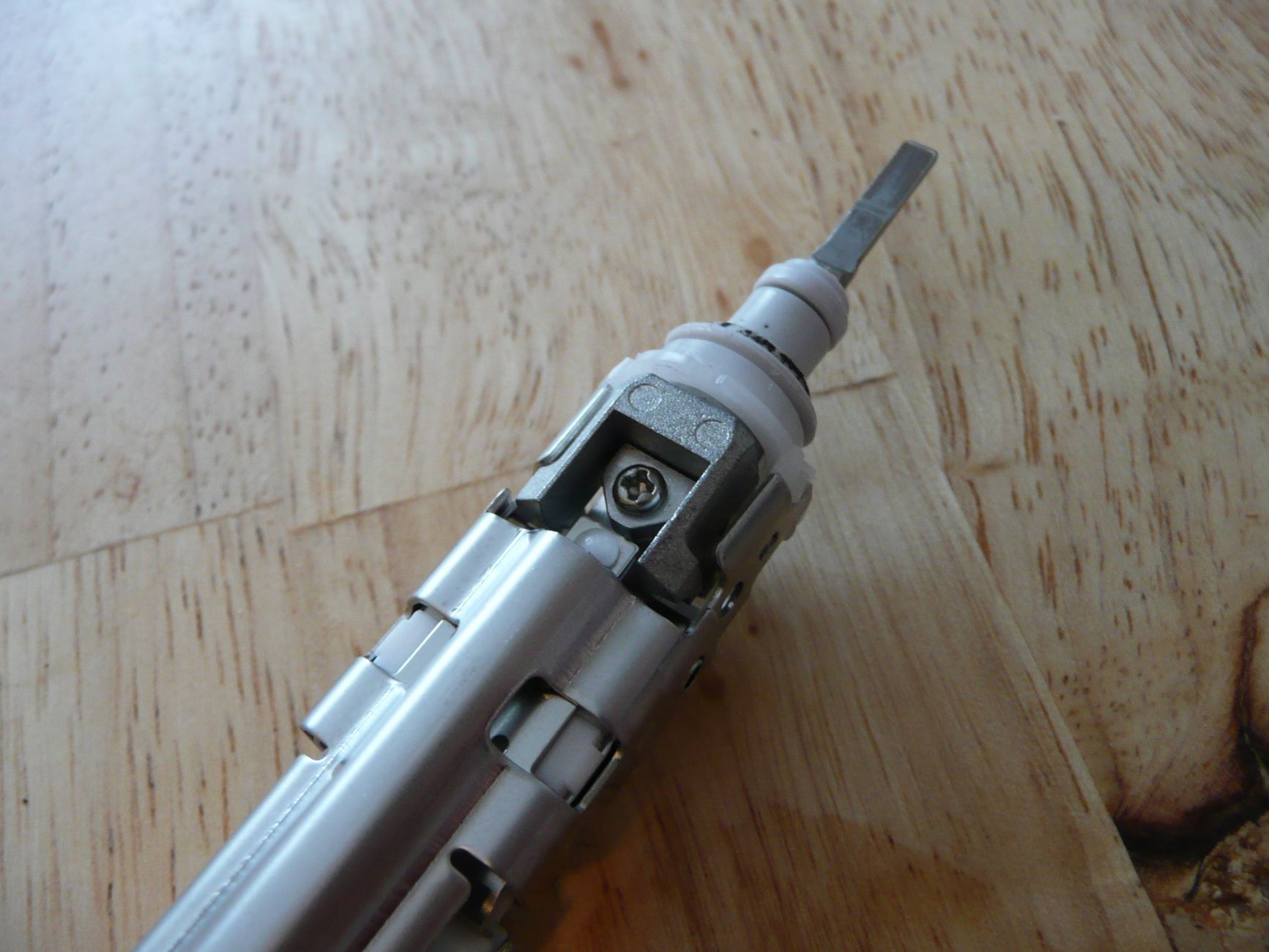

Bathroom Accessories
How To Fix A Philips Sonicare Toothbrush
Published: February 11, 2024
Learn how to fix your Philips Sonicare toothbrush with our expert tips and tricks. Keep your bathroom accessories in top condition with our easy-to-follow guide.
(Many of the links in this article redirect to a specific reviewed product. Your purchase of these products through affiliate links helps to generate commission for Storables.com, at no extra cost. Learn more)
Introduction
A Philips Sonicare toothbrush is a reliable and efficient tool for maintaining oral hygiene. However, like any electronic device, it may encounter issues over time. Whether it's a loss of power, a malfunctioning brush head, or a general decline in performance, there are several troubleshooting steps you can take to address these issues. In this guide, we will explore the common problems that may arise with a Philips Sonicare toothbrush and provide practical solutions to resolve them.
By following the steps outlined in this article, you can potentially save time and money by avoiding unnecessary replacements or repairs. From troubleshooting the toothbrush to cleaning and maintaining its components, we will cover the essential techniques to keep your Philips Sonicare toothbrush in optimal working condition. Additionally, we will discuss the importance of replacing the brush head and checking the battery to ensure that your toothbrush continues to deliver the best possible results.
So, if you've noticed a decline in your Philips Sonicare toothbrush's performance or encountered any issues with its functionality, fear not. With the guidance provided in this article, you can take proactive measures to address these concerns and prolong the lifespan of your beloved toothbrush. Let's dive into the troubleshooting process and explore the steps to fix a Philips Sonicare toothbrush, ensuring that it continues to provide you with a refreshing and effective oral care experience.
Key Takeaways:
- Keep your Philips Sonicare toothbrush in top shape by troubleshooting power, vibrations, and auto-off issues. Regular cleaning and brush head replacement are key for optimal performance and oral hygiene.
- Monitor and maintain your toothbrush’s battery for consistent performance. If issues persist, reach out to Philips Sonicare’s customer support for expert guidance and potential warranty assistance.
Read more: Philips Sonicare Toothbrush: How To Use
Step 1: Troubleshooting
When encountering issues with your Philips Sonicare toothbrush, the first step is to troubleshoot the potential causes of the problem. This process involves identifying the specific issue and exploring various factors that could be contributing to the malfunction. By systematically diagnosing the problem, you can effectively narrow down the root cause and implement targeted solutions. Here are the key troubleshooting steps to address common issues with a Philips Sonicare toothbrush:
-
Power Malfunction: If your toothbrush fails to turn on or experiences intermittent power loss, the first thing to check is the battery. Ensure that the toothbrush is adequately charged by placing it on the charger for an extended period. If the issue persists, try using a different charger to rule out a faulty charging base. Additionally, inspect the power button for any debris or obstruction that may be impeding its functionality.
-
Vibrational Performance: In the event that the toothbrush's vibrations are weak or inconsistent, it may indicate a problem with the internal mechanisms. Gently tap the toothbrush handle on a solid surface to dislodge any potential blockages within the motor. If this does not improve the vibrational performance, it may be necessary to seek professional assistance or consider replacing the toothbrush.
-
Noise and Vibrations: Unusual noises or excessive vibrations during operation can be indicative of internal issues. Check for any visible damage to the brush head or handle, as well as loose components that may be causing the abnormal sounds. If the issue persists, it is advisable to discontinue use and consult the manufacturer or authorized service provider for further evaluation.
-
Auto-Off Function: Some Philips Sonicare models are equipped with an auto-off feature to conserve battery life. If the toothbrush unexpectedly powers off during use, refer to the user manual to understand the auto-off settings and ensure that the toothbrush is not reaching its predetermined usage time limit.
By systematically troubleshooting these potential issues, you can gain valuable insights into the underlying causes of your Philips Sonicare toothbrush's malfunction. This proactive approach allows you to identify specific areas that require attention and facilitates the implementation of targeted solutions to restore the toothbrush to optimal working condition.
Step 2: Cleaning the Toothbrush
Proper cleaning and maintenance are essential for ensuring the longevity and effectiveness of your Philips Sonicare toothbrush. Over time, toothpaste residue, saliva, and bacteria can accumulate on the brush head and handle, potentially compromising its performance and hygiene. By incorporating regular cleaning practices into your oral care routine, you can mitigate the risk of bacterial growth and maintain the functionality of your toothbrush. Here's a detailed guide on how to effectively clean your Philips Sonicare toothbrush:
Cleaning the Brush Head:
-
Rinsing: After each use, thoroughly rinse the brush head under running water to remove any residual toothpaste and debris. Gently shake off excess water to prevent it from accumulating in the brush head's crevices.
-
Removal and Soaking: Periodically remove the brush head from the handle and soak it in a solution of warm water and mild antibacterial mouthwash. This helps to disinfect the bristles and eliminate bacteria that may have accumulated during use.
-
Brush Head Replacement: As a general rule, it is recommended to replace the brush head every three months or sooner if the bristles show signs of wear. Regularly inspect the bristles for fraying or deformation, as worn bristles can diminish the toothbrush's cleaning efficacy.
Cleaning the Handle:
-
Surface Wiping: Use a damp cloth or antibacterial wipe to clean the handle and exterior surfaces of the toothbrush. Pay attention to areas where moisture and residue may accumulate, such as the power button and charging port.
-
Drying: After cleaning, ensure that the handle is thoroughly dried to prevent moisture buildup, which can lead to bacterial growth and potential damage to the internal components.
Read more: How To Open A Philips Sonicare Toothbrush
Cleaning the Charging Base:
-
Unplugging: Before cleaning the charging base, unplug it from the power source to ensure safety.
-
Damp Cloth: Gently wipe the charging base with a damp cloth to remove any dust or residue that may have accumulated. Allow it to dry completely before reconnecting it to the power source.
By incorporating these cleaning practices into your oral care routine, you can maintain the hygiene and functionality of your Philips Sonicare toothbrush, ensuring a refreshing and effective brushing experience. Regular cleaning not only prolongs the lifespan of the toothbrush but also contributes to optimal oral health by minimizing the risk of bacterial contamination.
Step 3: Replacing the Brush Head
The brush head of a Philips Sonicare toothbrush plays a pivotal role in ensuring effective plaque removal and maintaining oral hygiene. Over time, the bristles of the brush head undergo wear and tear, diminishing their cleaning efficacy and potentially harboring bacteria. As a result, regular replacement of the brush head is essential to uphold the toothbrush's performance and safeguard oral health.
Importance of Replacement
The American Dental Association (ADA) recommends replacing the brush head of an electric toothbrush, such as the Philips Sonicare, every three months. This guideline aligns with the typical lifespan of the bristles, as they gradually wear down with regular use. Additionally, worn bristles are less effective at removing plaque and debris from the teeth and gums, compromising the toothbrush's overall cleaning performance.
Signs for Replacement
It's crucial to be attentive to signs that indicate the need for brush head replacement. Visual cues such as frayed or splayed bristles, discoloration, or deformation are clear indicators that the brush head has reached the end of its effective lifespan. Moreover, if the bristles appear worn or no longer spring back to their original position after use, it's a strong indication that a replacement is warranted.
Read more: How To Reset A Philips Sonicare Toothbrush
Replacement Process
Replacing the brush head of a Philips Sonicare toothbrush is a straightforward process that can be completed in a few simple steps:
-
Removal: Firmly grasp the base of the brush head and pull it away from the handle. Most Philips Sonicare models feature a snap-on design, allowing for easy removal without the need for additional tools.
-
Alignment: When attaching the new brush head, ensure that it aligns with the handle's connection point. Apply gentle pressure until you hear or feel a click, indicating that the brush head is securely in place.
-
Testing: After replacing the brush head, turn on the toothbrush and briefly run it to ensure that the new head is properly attached and functioning as intended.
Considerations for Selection
When selecting a replacement brush head for your Philips Sonicare toothbrush, consider the specific model and your oral care needs. Philips offers a variety of brush head options tailored to different preferences, including standard, sensitive, and gum care brush heads. By choosing a brush head that aligns with your oral health requirements, you can optimize the cleaning experience and achieve personalized care for your teeth and gums.
By adhering to the recommended replacement schedule and diligently monitoring the condition of the brush head, you can uphold the effectiveness of your Philips Sonicare toothbrush and promote optimal oral hygiene. Regular replacement not only ensures consistent cleaning performance but also contributes to maintaining a hygienic brushing environment, ultimately supporting your overall oral health.
Step 4: Checking the Battery
The battery is a vital component of a Philips Sonicare toothbrush, providing the power necessary to drive the brush head's oscillating and pulsating movements. Over time, the battery's performance may diminish, leading to issues such as reduced operating time or difficulty holding a charge. To ensure that your toothbrush continues to deliver optimal performance, it's essential to periodically check the battery and address any potential concerns. Here's a comprehensive guide on how to effectively assess and manage the battery of your Philips Sonicare toothbrush.
Assessing Battery Performance
-
Charging Behavior: Begin by observing the toothbrush's charging behavior. When placed on the charger, the indicator light should illuminate to signify that the toothbrush is receiving power. If the light fails to turn on or exhibits irregular behavior, it may indicate a problem with the charging process or the battery itself.
-
Operating Time: Take note of the toothbrush's operating time after a full charge. If you notice a significant reduction in the duration for which the toothbrush remains operational, it could be indicative of a deteriorating battery. A noticeable decline in operating time may necessitate further investigation to determine the underlying cause.
-
Charging Efficiency: Assess the efficiency of the charging process by monitoring how long it takes for the toothbrush to attain a full charge. A prolonged charging duration or the inability to reach full capacity despite extended charging periods may point to potential battery issues.
Read more: How To Charge Philips Sonicare Toothbrush
Troubleshooting Battery Concerns
-
Cleaning Contacts: Ensure that the charging contacts on both the toothbrush handle and the charging base are clean and free from debris. Use a soft, dry cloth to gently wipe the contacts and remove any accumulated residue that may impede the charging process.
-
Alternate Charger: If you suspect that the charging base may be the source of the issue, try using an alternate charger compatible with your Philips Sonicare toothbrush. Testing the toothbrush with a different charger can help determine whether the original charging base is functioning correctly.
-
Battery Replacement: In cases where the battery's performance continues to deteriorate despite troubleshooting efforts, it may be necessary to consider replacing the toothbrush's battery. Contacting the manufacturer or an authorized service provider can provide insights into the feasibility of battery replacement and the available options for addressing the issue.
By proactively monitoring the battery performance of your Philips Sonicare toothbrush and addressing any identified concerns, you can ensure that the toothbrush remains a reliable and effective tool for maintaining oral hygiene. Regular assessment and troubleshooting of the battery contribute to the prolonged functionality of the toothbrush, allowing you to enjoy consistent performance and a refreshing brushing experience.
Step 5: Contacting Customer Support
In the event that you have exhausted the troubleshooting steps and maintenance efforts outlined in the previous sections, and your Philips Sonicare toothbrush continues to exhibit persistent issues or malfunctions, it may be necessary to seek assistance from the manufacturer's customer support team. Contacting customer support can provide valuable guidance, technical expertise, and potential solutions to address complex or recurring problems with your toothbrush.
When reaching out to customer support, it's essential to have relevant information readily available, including the model and serial number of your toothbrush, a detailed description of the issue, and any specific error codes or indicators displayed by the toothbrush. This information enables the customer support representative to gain a comprehensive understanding of the problem and offer tailored recommendations or assistance.
Customer support channels provided by Philips Sonicare typically include online chat support, email correspondence, and a dedicated helpline for direct communication with knowledgeable representatives. Through these channels, you can articulate the specific challenges you are facing with your toothbrush and receive expert guidance on potential resolutions or further steps to take.
In some cases, customer support may facilitate the initiation of a warranty claim if the toothbrush is still covered under the manufacturer's warranty. This process involves validating the warranty status, providing proof of purchase, and potentially arranging for a replacement or repair of the toothbrush, depending on the nature of the issue.
Furthermore, customer support can offer insights into authorized service centers or repair facilities where trained technicians can assess and address more complex technical issues with the toothbrush. By leveraging the expertise of authorized service providers, you can ensure that your toothbrush receives professional attention and potential repairs using genuine parts and approved procedures.
Overall, contacting customer support serves as a valuable resource for resolving persistent or intricate issues with your Philips Sonicare toothbrush. The dedicated assistance and technical guidance provided by the customer support team can contribute to a comprehensive resolution, allowing you to continue enjoying the benefits of a reliable and effective oral care device.
By proactively engaging with customer support and leveraging the resources and expertise available, you can navigate through challenging scenarios and ensure that your Philips Sonicare toothbrush remains a dependable tool for maintaining optimal oral hygiene.
Frequently Asked Questions about How To Fix A Philips Sonicare Toothbrush
Was this page helpful?
At Storables.com, we guarantee accurate and reliable information. Our content, validated by Expert Board Contributors, is crafted following stringent Editorial Policies. We're committed to providing you with well-researched, expert-backed insights for all your informational needs.
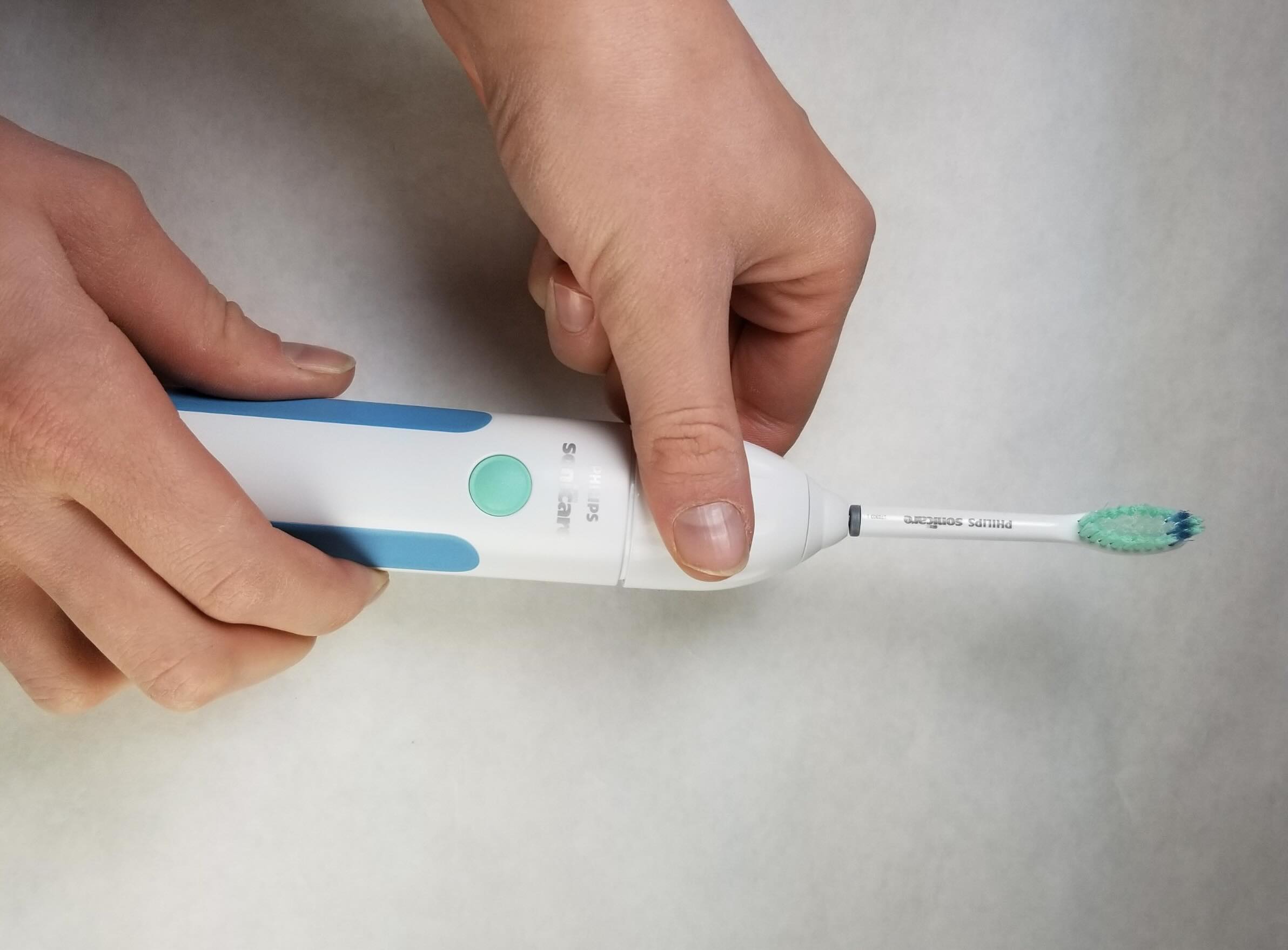
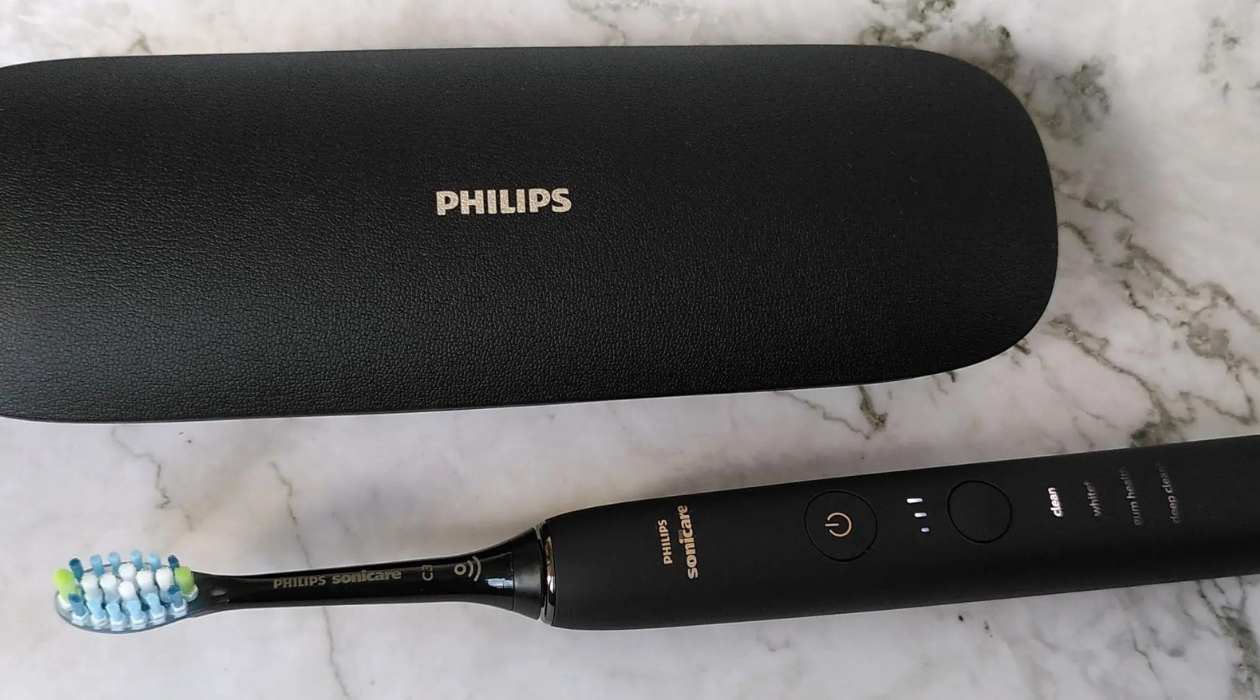
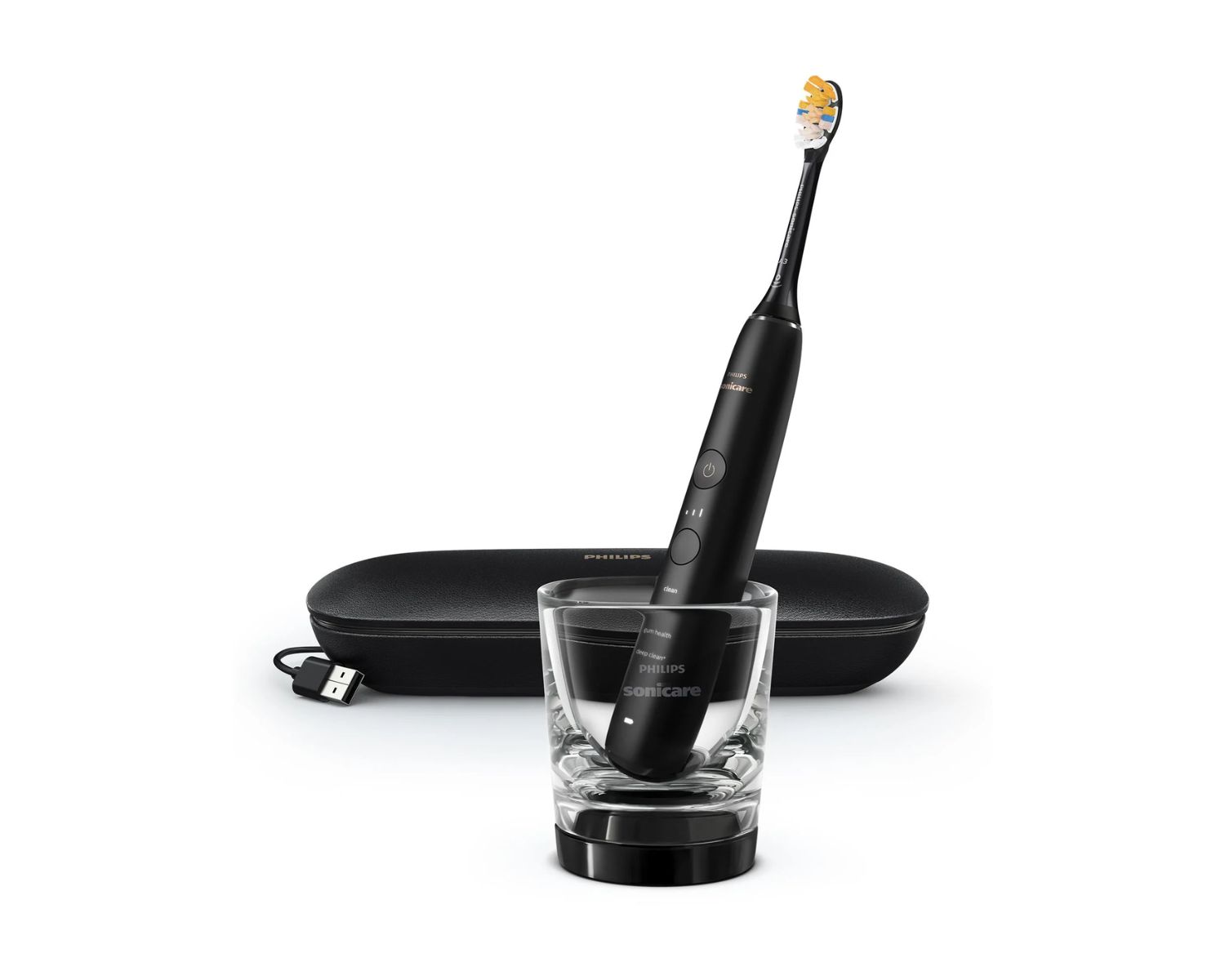
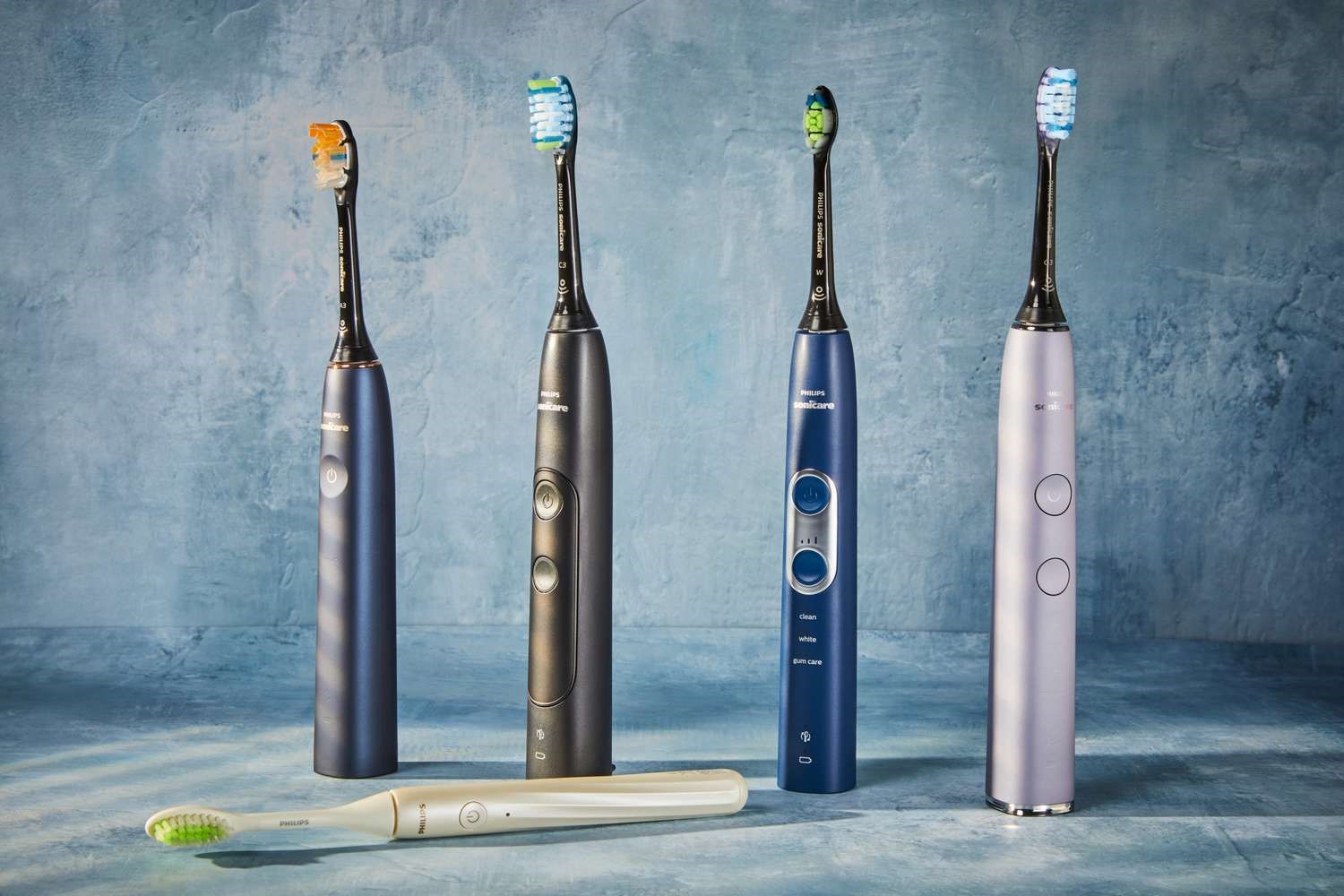
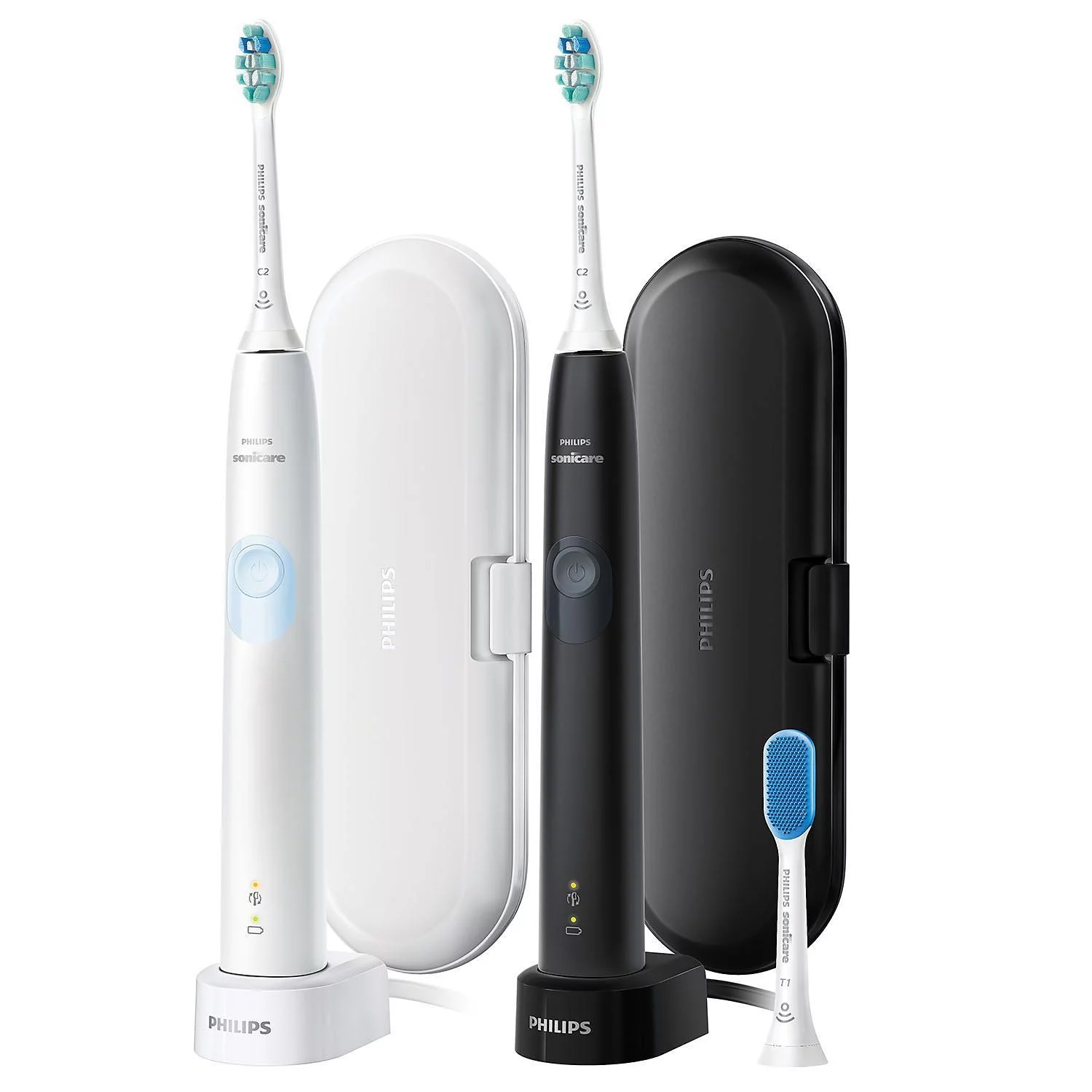
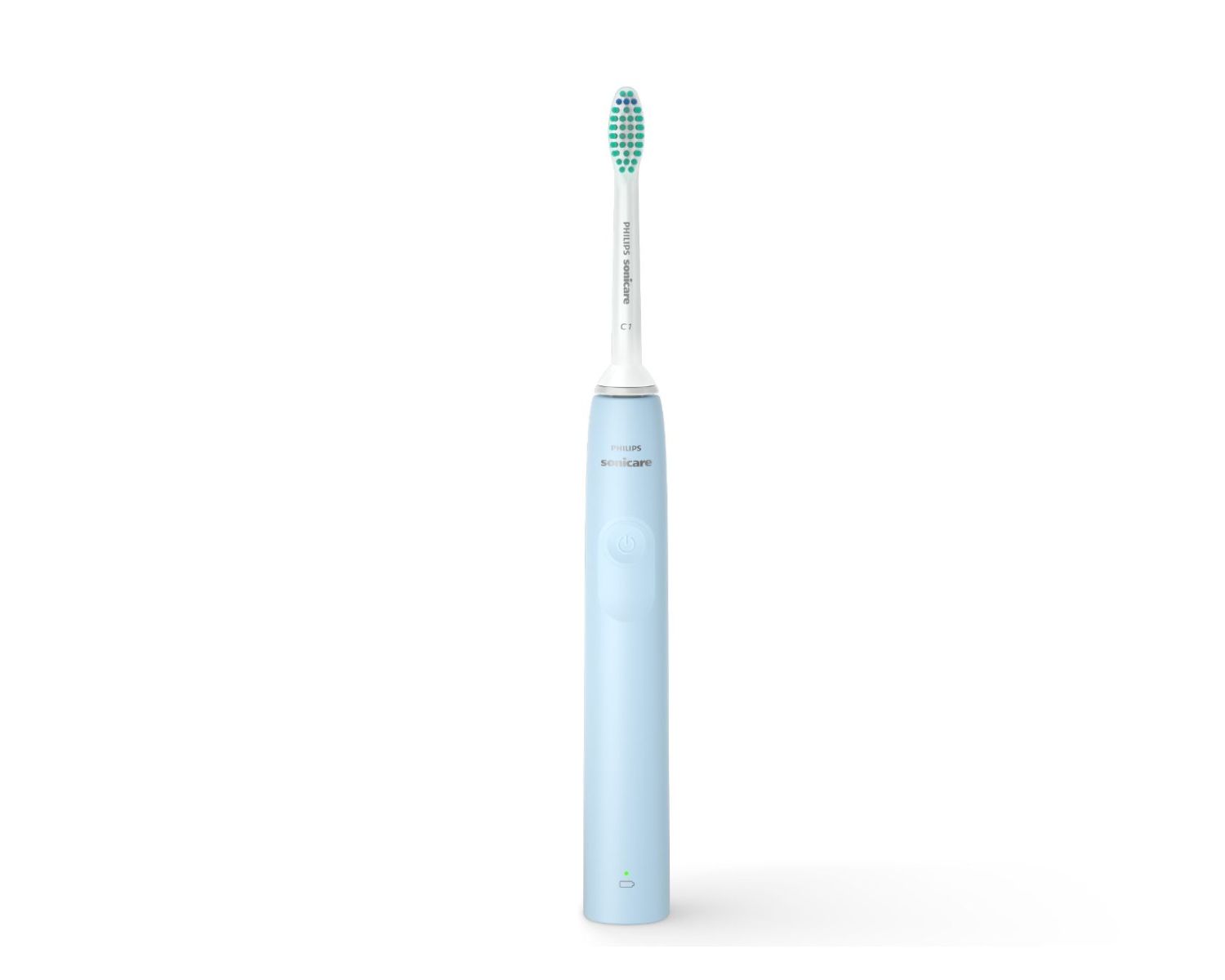
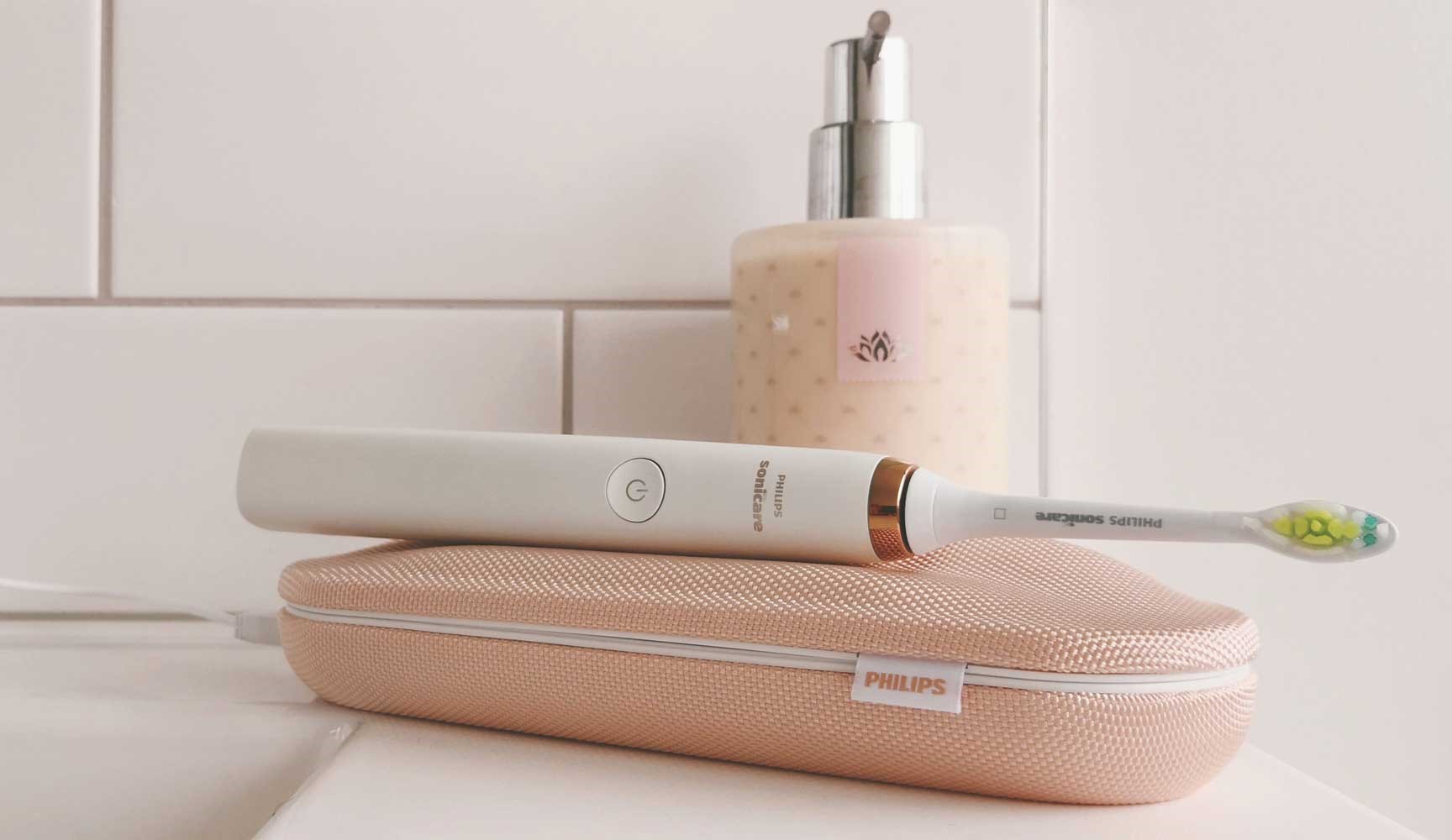
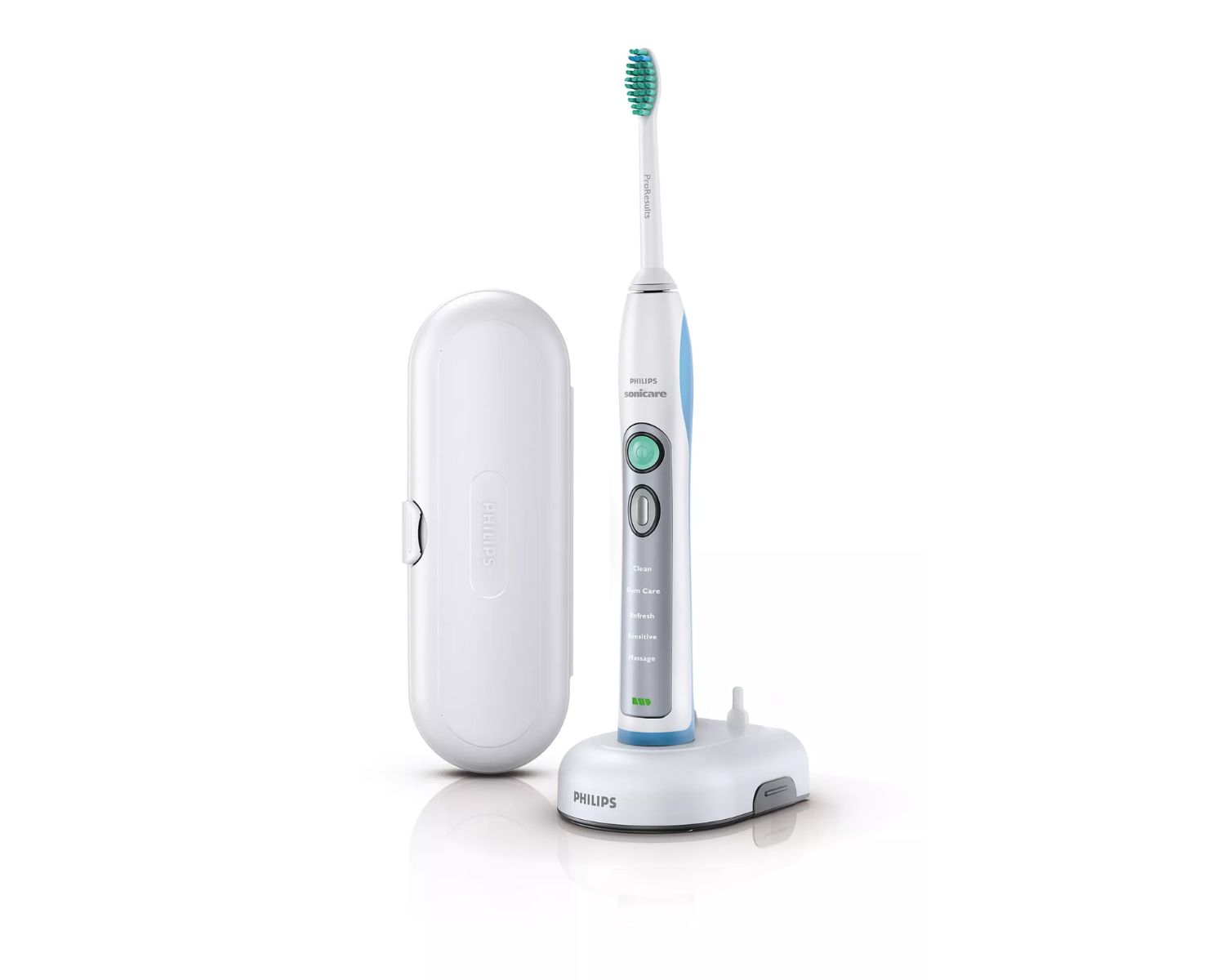
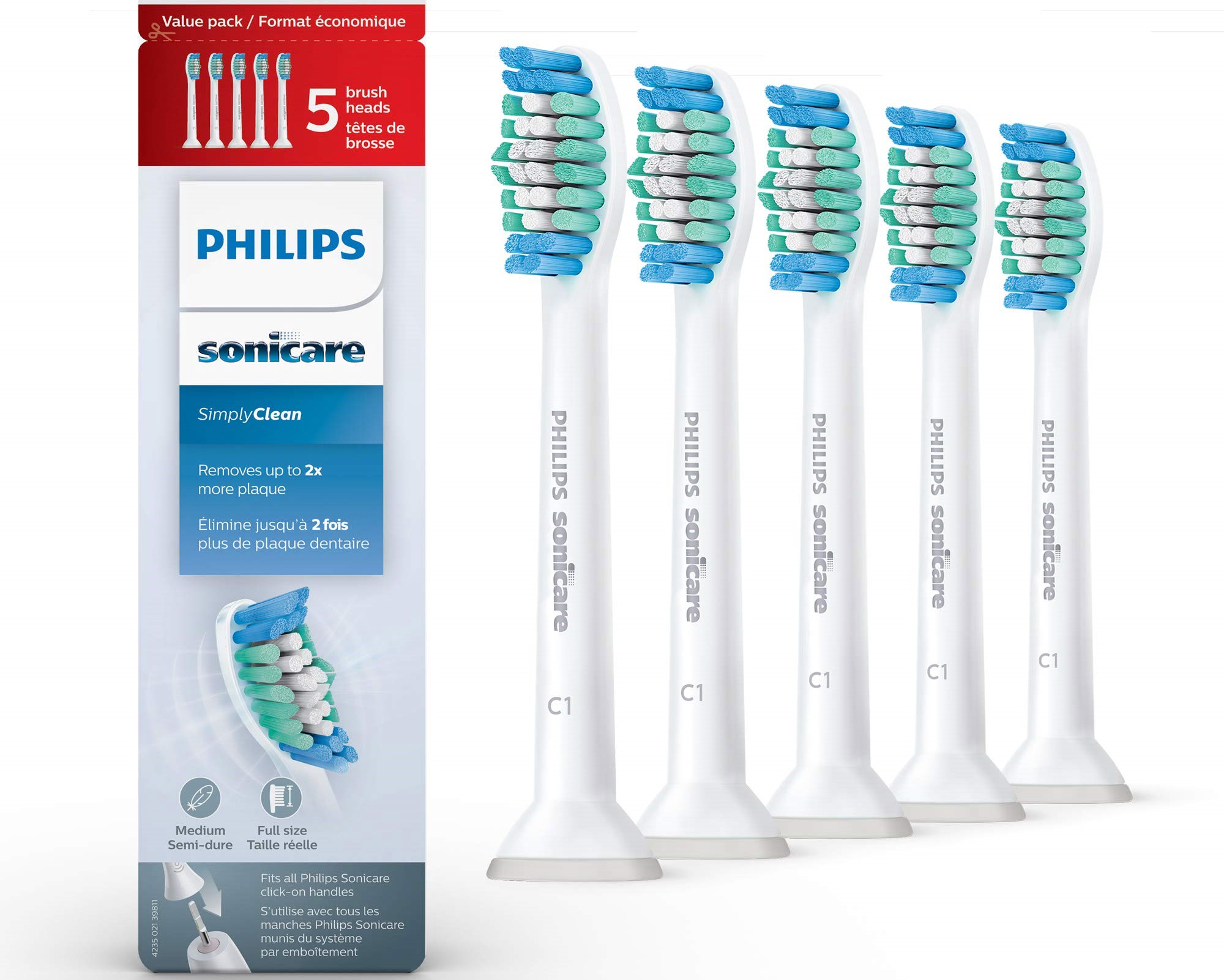
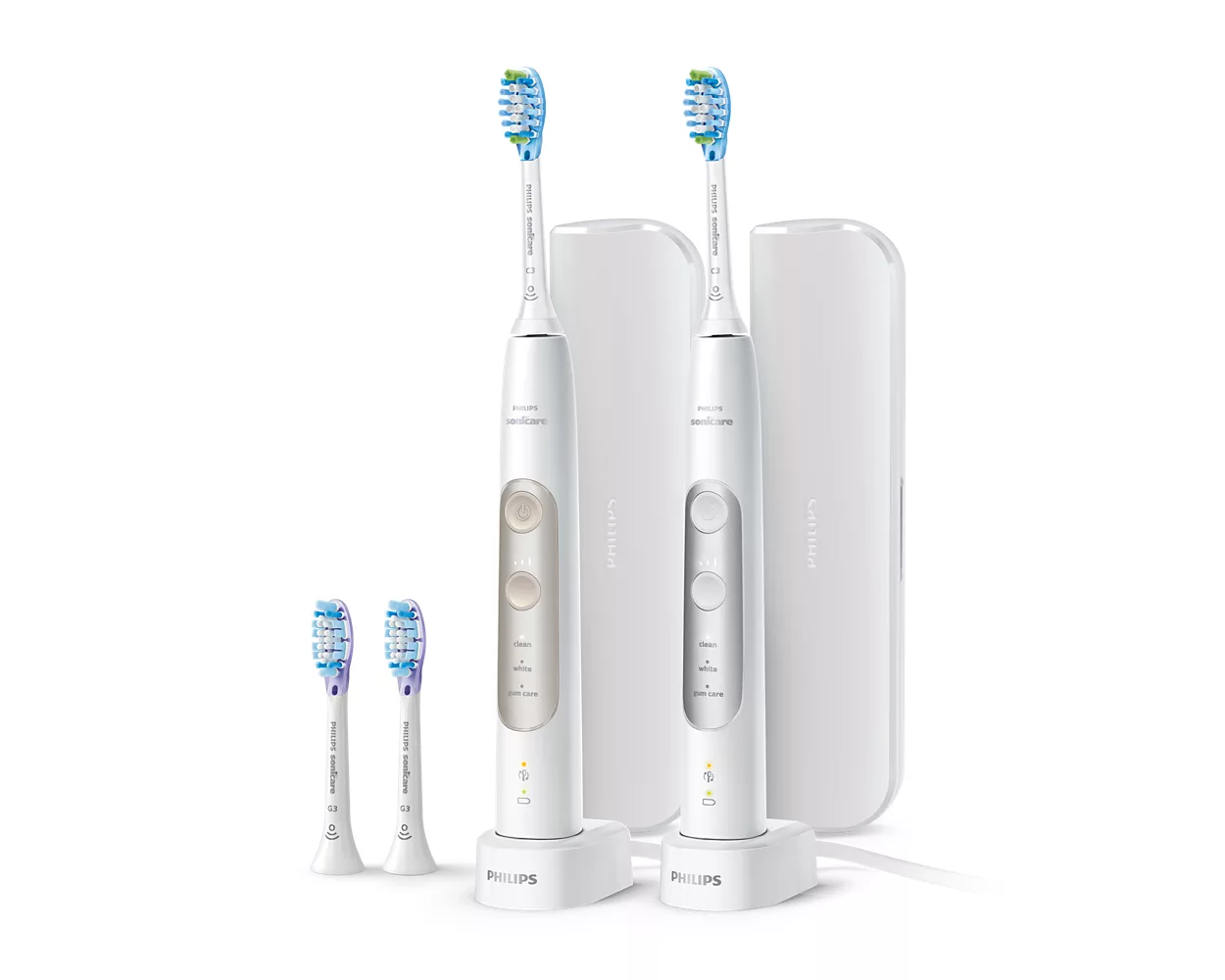
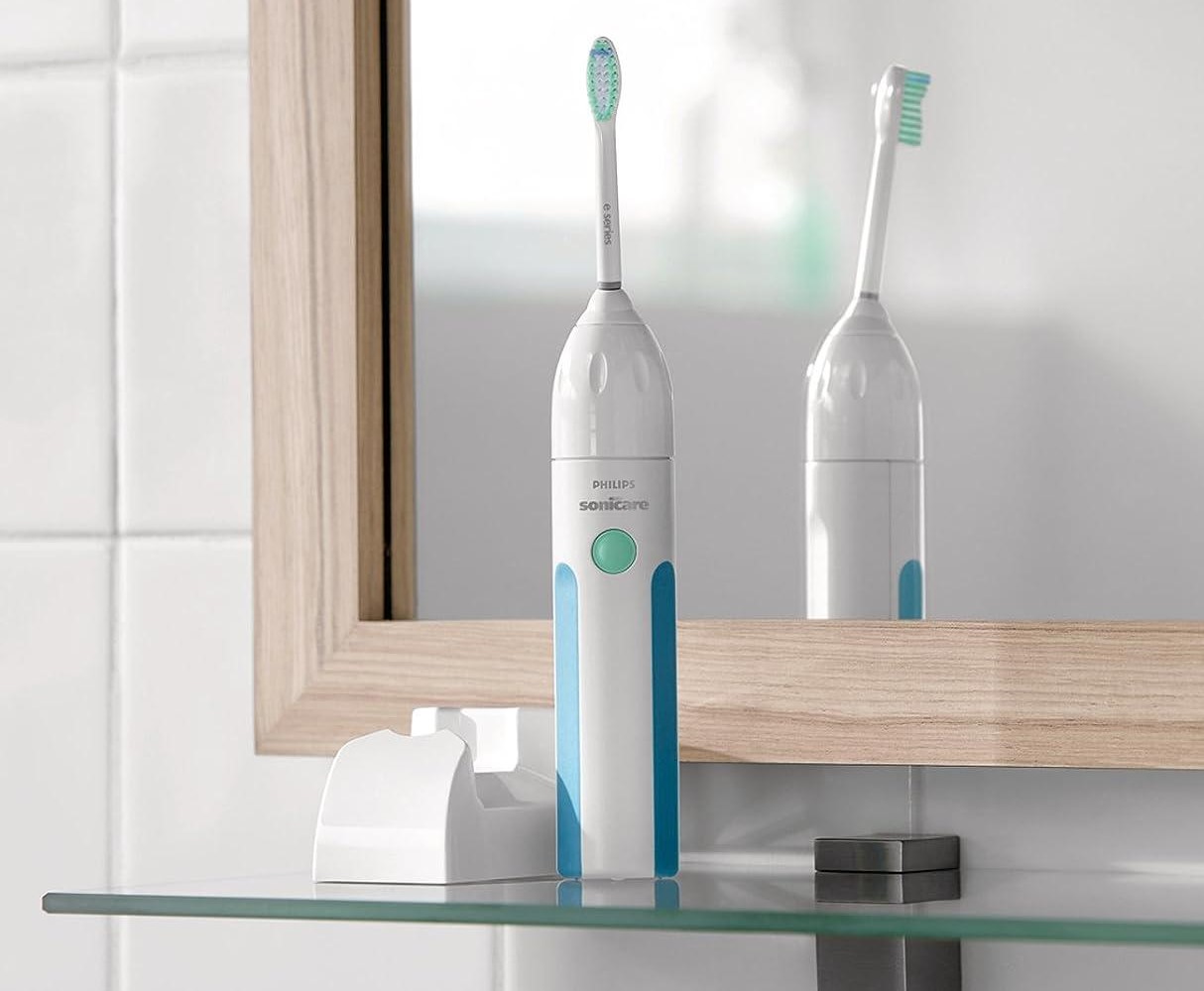
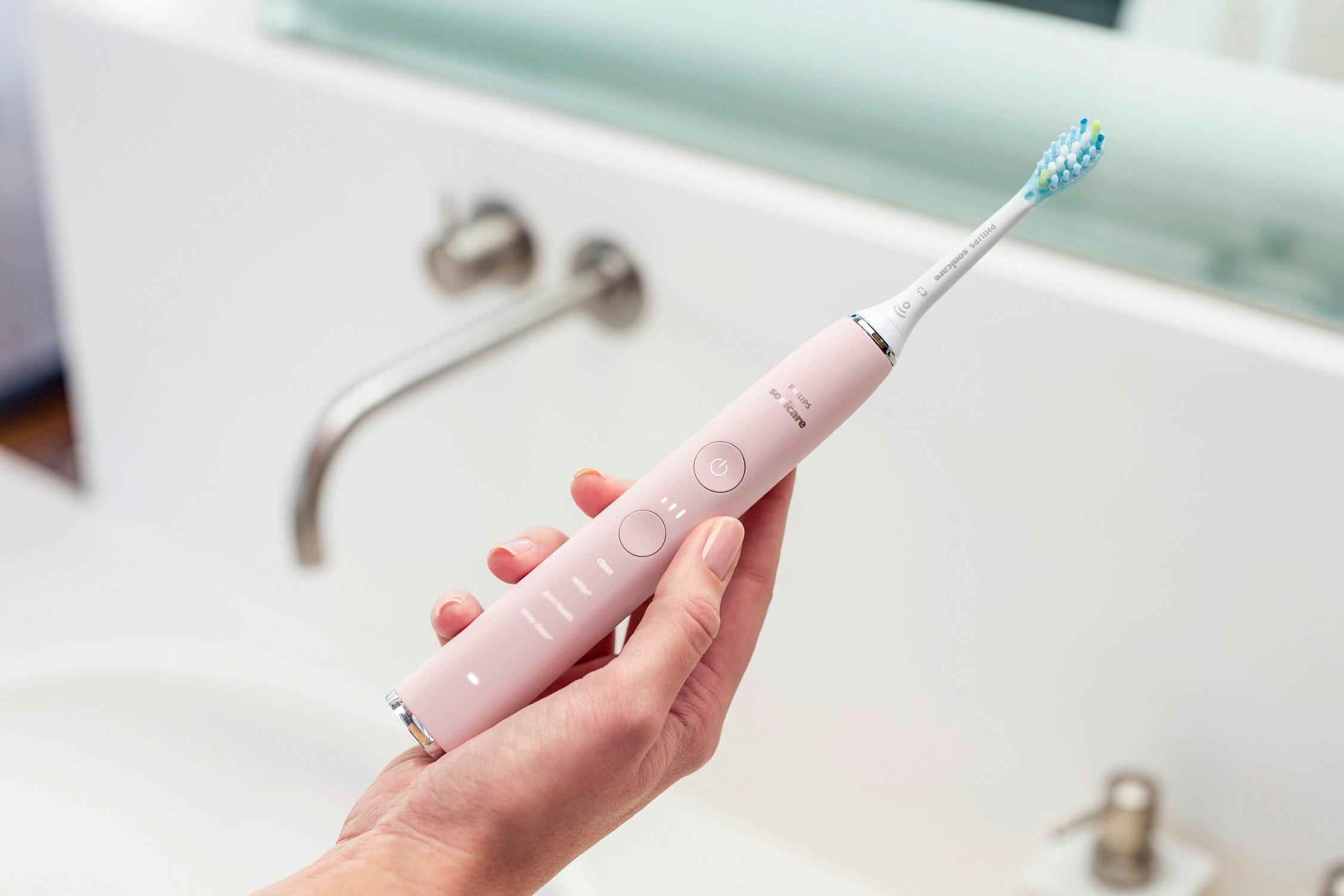

0 thoughts on “How To Fix A Philips Sonicare Toothbrush”